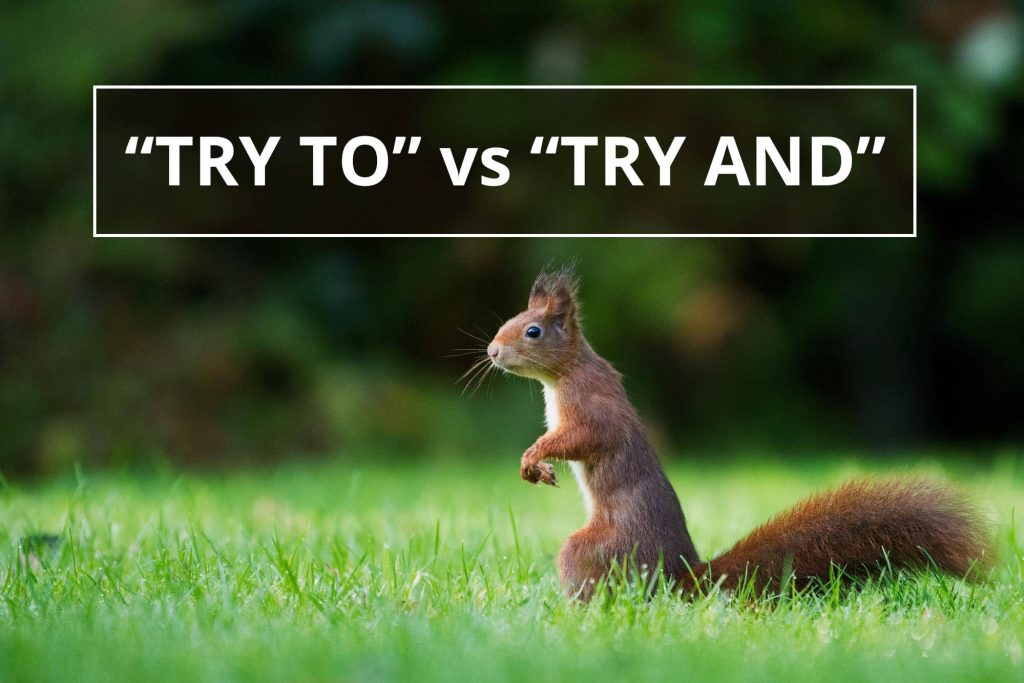
Each week here at the Australian Writers’ Centre, we dissect and discuss, contort and retort, ask and gasp at the English language and all its rules, regulations and ridiculousness. It’s a celebration of language, masquerading as a passive-aggressive whinge about words and weirdness. This week, we’ll try to figure out this “try and” business…
Q: Hi AWC, we have another request this week – from newsletter reader Ketta, who wants to know which is correct: “try to” or “try and”?
A: Great question.
Q: So which is it?
A: Neither is completely incorrect, but one should be used more than the other.
Q: Which one? Is it “try to explain”?
A: Yes. In most cases, it is more grammatically correct to say “try to”. In this example, “to explain” is the verb infinitive (most basic, stripped back form of a verb) – and “try” is the true action.
Q: Other examples?
A: “Try to see it my way” (first line of The Beatles’ 1965 hit We Can Work it Out) or “I tried to understand” or “trying to win the medal”. With those last two, we see that even when we change the tense, “to” holds up – where “and” would not.
Q: Ahhh okay. But plenty of people still use “try and”, right?
A: They do, especially in British English. But with some exceptions, they shouldn’t.
Q: Exceptions?
A: Well, occasionally “try and” is the only option – if the following word is linked to the outcome of trying, such as succeeding or failing.
Q: Example?
A: “I try and fail every time” or “I’ve tried and succeeded on many occasions”. Using “to” in these examples won’t work.
Q: Right, so is that the only time you should use “try and”?
A: Nope, another time is when it forms part of an idiom, because what’s the golden rule?
Q: Idioms are rockstars and don’t follow rules?
A: That’s right. So in an idiom it doesn’t have to make sense. It’s just a quirky turn of phrase that is excused of all rules. So if someone in a book said, “just you try and stop me” then it would be acceptable. Even though we know grammatically it should be “just you try TO stop me”, many prefer the widely accepted idiom version.
Q: Oh dear. So, are we back to using either one?
A: Not at all. In formal writing, “try to” should be the rule when it’s a toss up. However, in colloquial settings – especially if you’re writing dialogue etc, it becomes important to represent how English is naturally said. And that’s where “try and” might have a place. It can be up to the writer.
Q: Okay, fair enough. Hey – look at that squirrel over there!
A: Where?
Q: Just go with it. We don’t have an illustration for this one yet, so I thought a squirrel would be nice.
A: Right.
Q: Perfect. And I’ll “try to” remember to mention something picture-worthy next time!
If you have a grammar gripe or punctuation puzzle that you’d like our Q&A to explore, email it to us today!
About us
Contact us